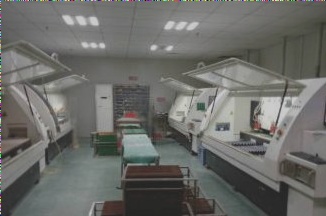Introduction to Low-Temperature Lead-Free Solder Paste
Recently, I purchased the CHIPQUIK SMDLTLFP low-temperature lead-free solder paste for my DIY projects. Today, I decided to test it out in a small toaster oven without a controller. Unfortunately, on my first attempt, I slightly overcooked it because the thermocouple I attached to the PCB with aluminum tape failed at around 100°C. With a proper controller capable of managing a lower temperature profile, I believe this solder paste can be a reliable option for delicate boards.
Key Features:
- Lead-Free and RoHS Compliant
- Alloy: Sn42/Bi57.6/Ag0.4
- Flux Type: Synthetic No-Clean
- Flux Classification: REL0
- Metal Content: 87% metal by weight
- Particle Size: T3 (25-45 microns)
- Melting Point: 138°C (281°F)
- Size: 5cc/15g syringe
Benefits of Low-Temperature Solder Paste:
One of the advantages of using low-temperature solder paste for DIY reflowed boards is its ability to melt at a lower temperature, reducing the risk of damaging sensitive components during the soldering process. However, it is essential to consider the potential drawbacks as well.
Drawbacks to Consider:
When using low-temperature solder paste, it is important to be aware of any limitations or challenges it may pose during the reflow process. Understanding these factors can help you make informed decisions when working on your projects.
Explore More:
For further information on low-temperature lead-free solder paste and its applications in PCB assembly, feel free to reach out to us or visit our website.



